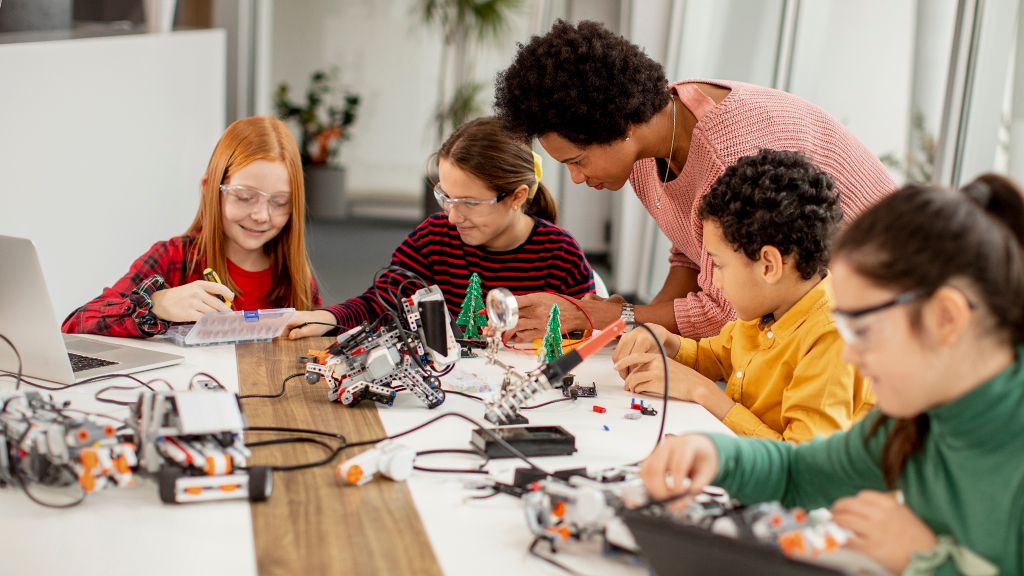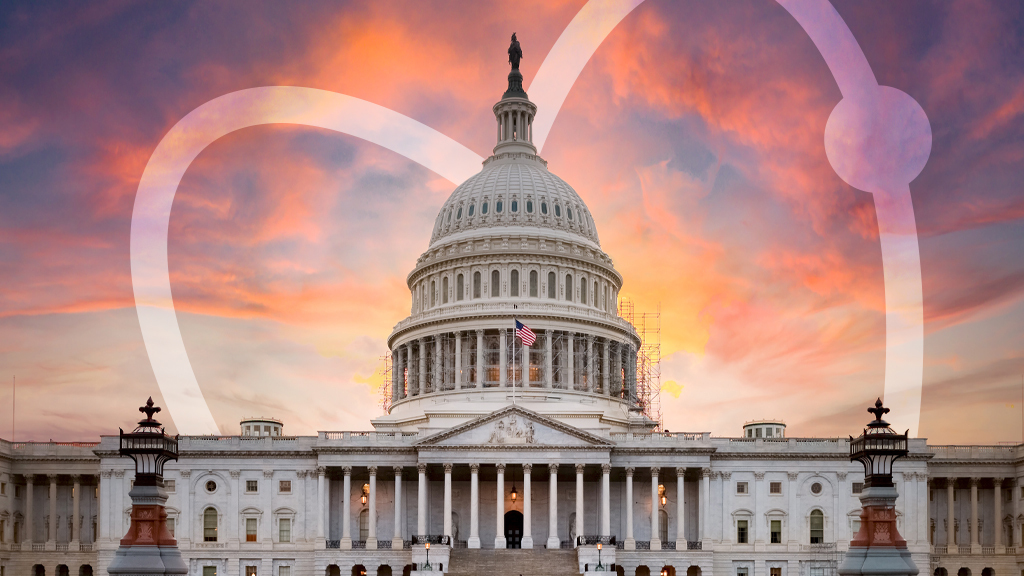Freebies and Opportunities for Science and STEM Teachers, May 20, 2025
By Debra Shapiro

Research Worth Reading
What Does It Really Mean to Integrate STEM?
By Bridget Miller, Ph.D., Michelle Dubek, Ph.D., Shannon Navy, Ph.D. and Cathrine Maiorca, Ph.D.
Posted on 2025-05-15

Press Release
Tennessee Elementary Science Teacher Honored With 2025 Shell Science Teaching Award
Melissa Collins Receives $10,000 Prize for Achievements in STEM Teaching
From Chalkboards to AI
Agentic AI: Developing the Benefits for Classroom Learning – Part I
By Christine Anne Royce, Ed.D. and Valerie Bennett, Ph.D., Ed.D.
Posted on 2025-05-12

Freebies and Opportunities for Science and STEM Teachers, May 13, 2025
By Debra Shapiro

Legislative Update
Trump Administration Releases FY26 Budget
By NSTA Legislative Affairs & Advocacy Team
Posted on 2025-05-07

Press Release
Shell Science Lab Regional Challenge Announces 2025 Grand-Prize Winners
Paws and Reflect
A Veterinary Case Study on Neonatal Puppy Loss
By Elyse Paulson, Jessica DeCuyper, Heidi L. Pecoraro, Danielle L.J. Condry



